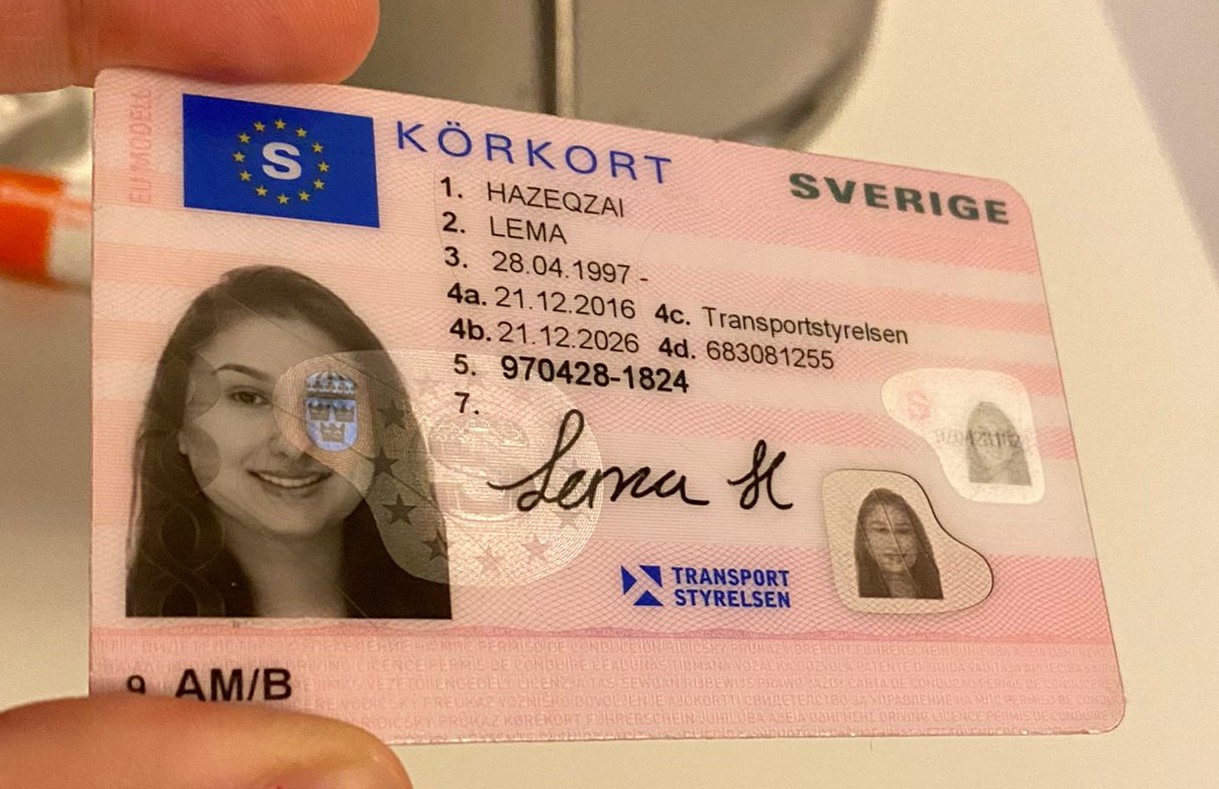The Ultimate Glossary On Terms About Driving License Id-Handling 2025

Navigating the New Landscape of Driving License ID Handling in 2025
In every society, the driving license acts as an important document, not just as an evidence of the capability to run a car but also as an identification tool. As we enter 2025, substantial modifications have actually emerged regarding the handling and management of driving licenses, mainly affected by advances in technology, progressing guidelines, and the requirement for boosted security procedures. This short article intends to provide an extensive summary of driving license ID handling in 2025, clarifying the technologies included, the approaching legal changes, and supplying responses to typical queries.
The Transition to Digital Driving Licenses
Among the most significant changes in driving license ID handling is the widespread adoption of digital driving licenses. These digital licenses are saved digitally on smartphones, using numerous benefits to both motorists and authorities. In the United States, for circumstances, numerous states have actually begun implementing digital motorist's licenses, while nations such as Canada and the UK are expected to do the same soon.
Secret Benefits of Digital Driving Licenses
- Convenience: Easily available on mobile phones, getting rid of the requirement to carry physical copies.
- Boosted Security: Incorporating biometric functions and file encryption assists to combat identity theft and fraud.
- Real-time Updates: Immediate updates to individual details, such as modifications in address or status, enhance accuracy.
Obstacles and Concerns
Despite the benefits, the transition to digital licenses provides obstacles, including issues about personal privacy, cybersecurity hazards, and the digital divide impacting those without access to mobile phones or the web.
Changes in Regulatory Framework
As we head into 2025, a number of guidelines surrounding driving licenses have actually come under scrutiny and improvement. Governments and regulatory bodies are focusing on ensuring that driving licenses are protected, valid, and released in compliance with established laws.
Key Legislative Trends
- Standardized ID Formats: Countries are moving towards a standardized format for driving licenses to streamline recognition and improve security.
- Increased Verification Procedures: Authorities are now using innovative techniques such as facial recognition and AI to enhance confirmation processes at checkpoints.
- Focus on Sustainability: With growing ecological concerns, many states are going with environment-friendly materials for physical licenses and checking out robust digital options.
- Age and Identity Verification: Enhanced procedures are being put in location to precisely validate the age and identity of motorists, particularly in contexts where age-related laws use to driving.
The Global Perspective: State-By-State Comparison
| Nation | Digital License Implementation | Existing Regulations | Noteworthy Features |
|---|---|---|---|
| United States | Several states in development | Varies by state, efforts to unify formats | QR codes for easy recognition |
| Canada | In pilot stages | Standardized recognition across provinces | Combination with health IDs |
| United Kingdom | Early adoption stage | Focus on online renewal and details updates | Digital confirmation through the app |
| Australia | Under consideration | Progressively strict identification protocols | Focus on scams avoidance |
The Role of Technology in ID Handling
Innovation is reinventing how driving licenses are handled. AI, blockchain, and biometrics are ending up being essential to driving license issuance and confirmation.
Developments Shaping the Future
- Synthetic Intelligence: AI algorithms are now made use of for acknowledging patterns in driving habits, which can inform insurance premiums and legal ramifications.
- Blockchain Technology: Ensuring the stability and credibility of driving license information, blockchain technology permits safe and secure sharing of information between authorities without fear of tampering.
- Biometrics: Increasingly, biometric systems are implemented at the point of issuance and verification, such as facial recognition and finger print scanners, to make sure safe identity confirmation.
Prospective Impacts of Emerging Technologies
The application of these technologies can lead to boosted reliability and security of driving IDs, but it raises concerns about data privacy and user approval.
Frequently Asked Questions (FAQs)
1. What should I do if my digital driving license is lost or stolen?
You should instantly report the loss or theft to your local motor automobile firm. sverigeexpresskort.com have built-in features to disable access remotely.
2. Are digital driving licenses accepted all over?
Since 2025, approval of digital licenses differs by region. It's encouraged to bring both digital and physical copies when taking a trip across state or nationwide borders.
3. Can I upgrade my information on a digital driving license?
Yes, updates can frequently be made through the associated mobile application or website of the providing authority.
4. What are the security measures for digital licenses?
Digital licenses generally integrate features such as file encryption, two-factor authentication, and biometric verification to boost security.
5. How will traditional driving licenses be affected?
The move towards digital licenses may minimize the issuance of physical licenses, however they will still be readily available for those not able to gain access to digital alternatives.
As we advance into a new age in 2025, the handling of driving licenses is enhancing to fulfill the demands of modern society. Through technological improvements and regulative reforms, people can expect a more secure, efficient, and streamlined procedure for getting and handling their driving licenses. Nevertheless, as digital solutions multiply, it remains necessary to address difficulties relating to personal privacy, security, and accessibility, making sure fair road gain access to for all drivers while safeguarding personal information. As governments around the world continue to adjust to these modifications, the future of driving license ID handling is set to be both dynamic and transformative.

